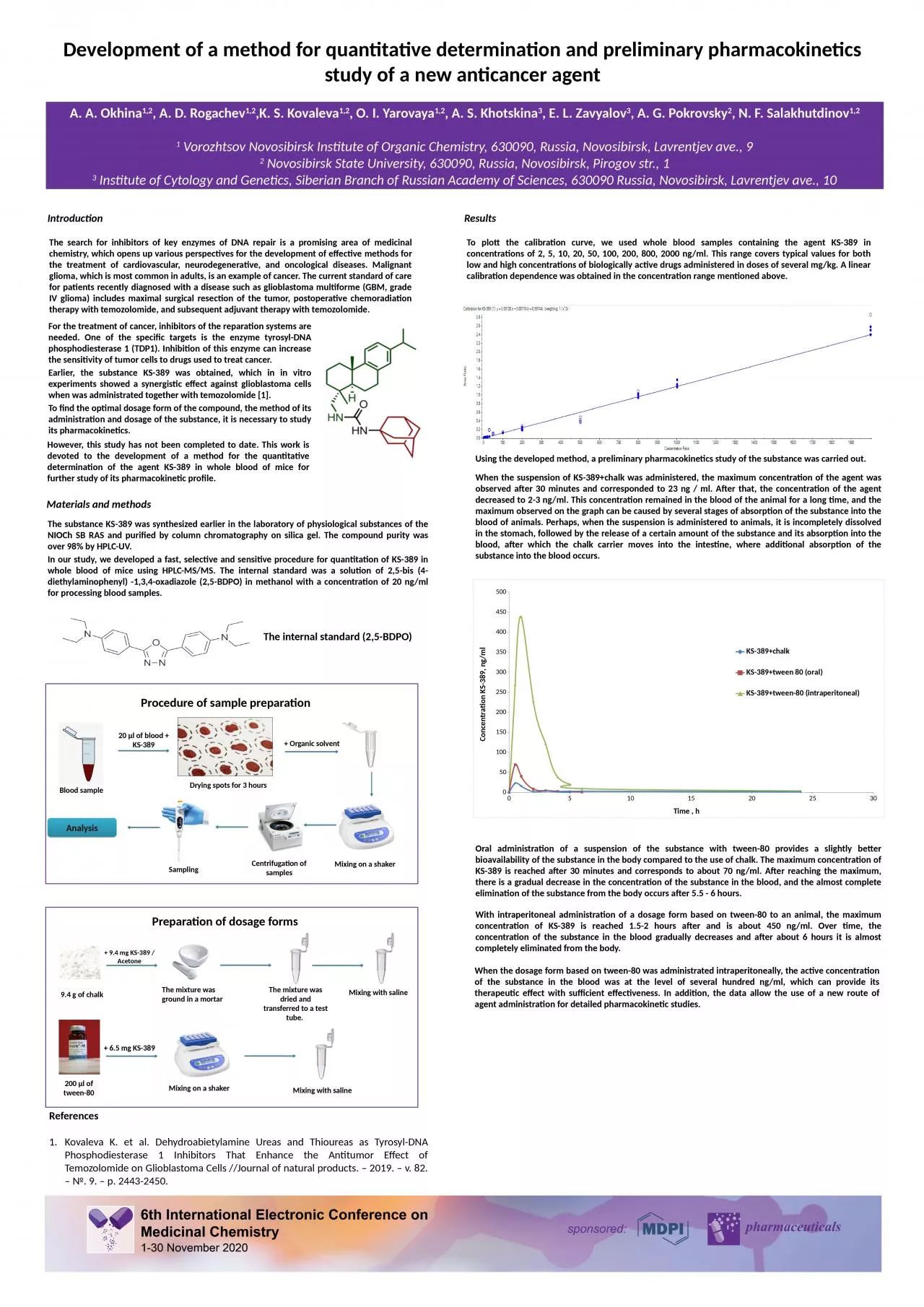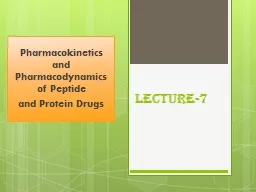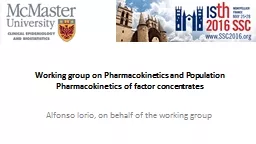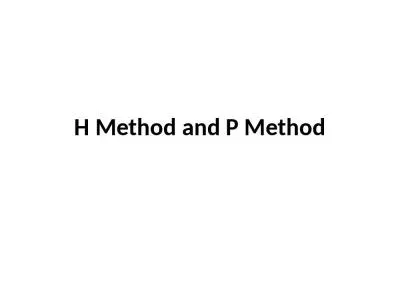PPT-Development of a method for quantitative determination and preliminary pharmacokinetics
Author : eliza | Published Date : 2022-06-28
Introduction For the treatment of cancer inhibitors of the reparation systems are needed One of the specific targets is the enzyme tyrosyl DNA phosphodiesterase
Presentation Embed Code
Download Presentation
Download Presentation The PPT/PDF document "Development of a method for quantitative..." is the property of its rightful owner. Permission is granted to download and print the materials on this website for personal, non-commercial use only, and to display it on your personal computer provided you do not modify the materials and that you retain all copyright notices contained in the materials. By downloading content from our website, you accept the terms of this agreement.
Development of a method for quantitative determination and preliminary pharmacokinetics: Transcript
Download Rules Of Document
"Development of a method for quantitative determination and preliminary pharmacokinetics"The content belongs to its owner. You may download and print it for personal use, without modification, and keep all copyright notices. By downloading, you agree to these terms.
Related Documents














